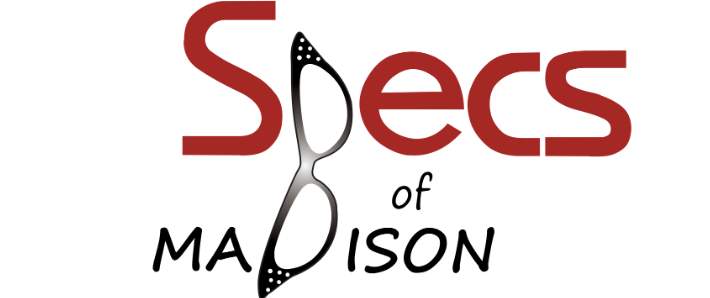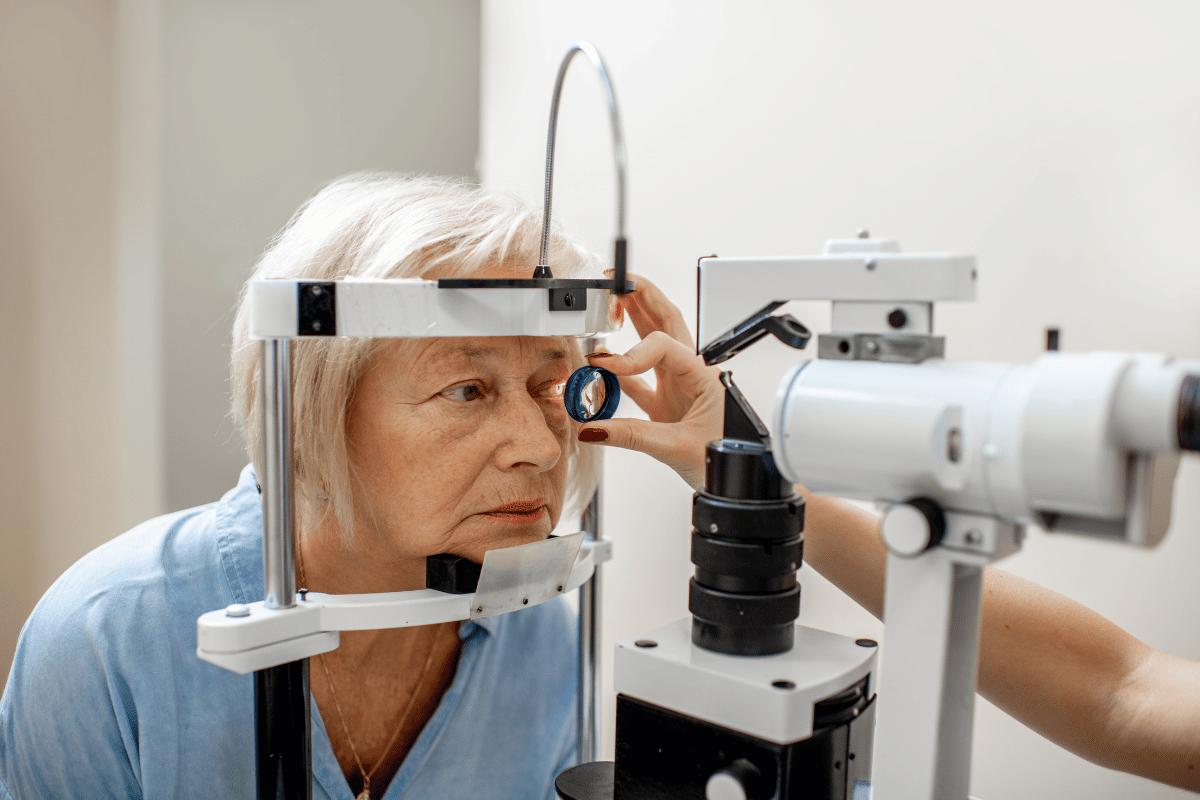Glaucoma is often called the “silent thief of sight” because it can develop slowly and without obvious symptoms, making it hard to detect it early on. It’s one of those sneaky conditions that can quietly progress and cause damage to your vision without you even realizing it. Regular eye exams are the best way to catch this condition early. But how exactly does an eye exam help with detecting glaucoma? In this blog post, we will discuss this condition and the role of regular eye exams in detecting and effectively managing it.
What is glaucoma?
Glaucoma is a group of eye diseases that damage the optic nerve, which carries visual information from the eye to the brain. Elevated intraocular pressure (IOP), the fluid pressure inside your eye, often causes this damage. If left untreated, glaucoma can lead to gradual vision loss and, in severe cases, blindness.
The importance of regular eye exams
Many people with glaucoma don’t experience symptoms until the disease has already caused significant damage. This is why regular eye exams are crucial—they help detect problems before they become serious. Here’s how an eye exam helps identify glaucoma:
1. Measuring intraocular pressure (IOP)
An eye doctor will use a tonometer to measure the pressure inside your eyes. This quick and painless instrument helps determine if your IOP is higher than normal, which can indicate glaucoma. However, not everyone with high eye pressure will develop glaucoma, and some people get the disease with normal eye pressure.
2. Checking the optic nerve
The optic nerve connects to the retina, and examining it is crucial for detecting glaucoma. Eye care professionals use special instruments to view the optic nerve head and look for changes or damage that might be a sign of glaucoma.
3. Performing visual field tests
Glaucoma often affects your peripheral (or side) vision first. During a visual field test, you focus on a central point while lights or objects appear in the sides of your vision. This helps identify any vision loss in the outer areas linked to glaucoma.
4. Using optic nerve imaging
Advanced imaging techniques like optical coherence tomography (OCT) create detailed cross-sectional images of the optic nerve. These images track changes over time and detect early signs of glaucoma that might not show up during a standard eye exam.
Managing and preventing glaucoma
When you come in for an eye exam in Madison, our eye doctor will perform a series of tests to check your overall eye health and look for any signs of glaucoma. If we find anything concerning, we will talk to you about the next steps and treatment options.
While there is no cure for glaucoma, early detection and treatment help manage it effectively. Treatment might include prescription eye drops, medications, laser treatments, or surgery, depending on the severity. Surgery isn’t usually the initial treatment for glaucoma, but it may save your vision if other treatments are ineffective. In these cases, we will refer you to a surgeon for the procedure. Glaucoma surgery will improve fluid drainage and lower your eye pressure. Surgery won’t undo vision loss, but it can help prevent further damage to your eyesight and keep glaucoma from getting worse.
In conclusion, regular eye exams aren’t only about updating your prescription; they’re a crucial step in protecting your vision and catching conditions like glaucoma early. Contact us today to schedule an eye exam at Specs of Madison in Madison, Alabama.

